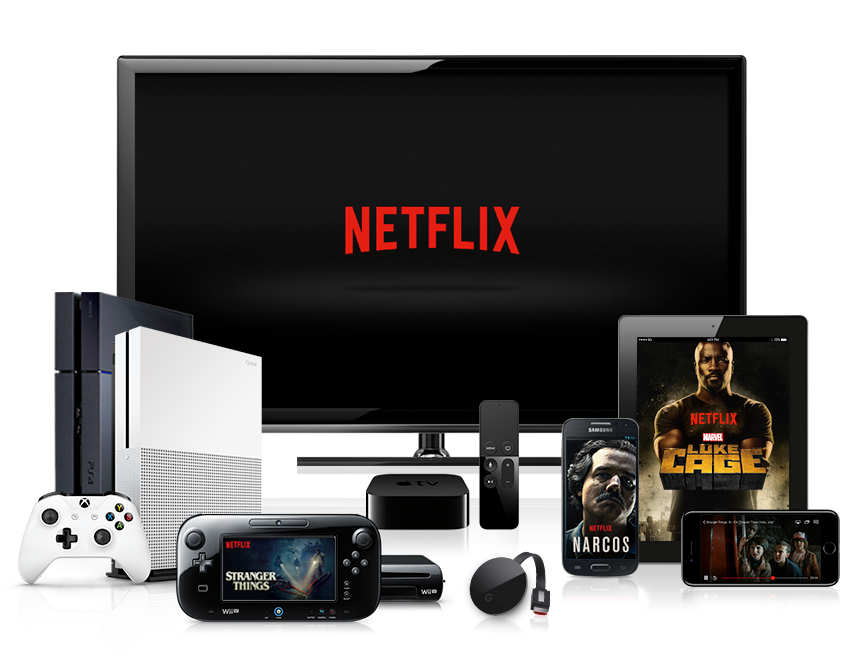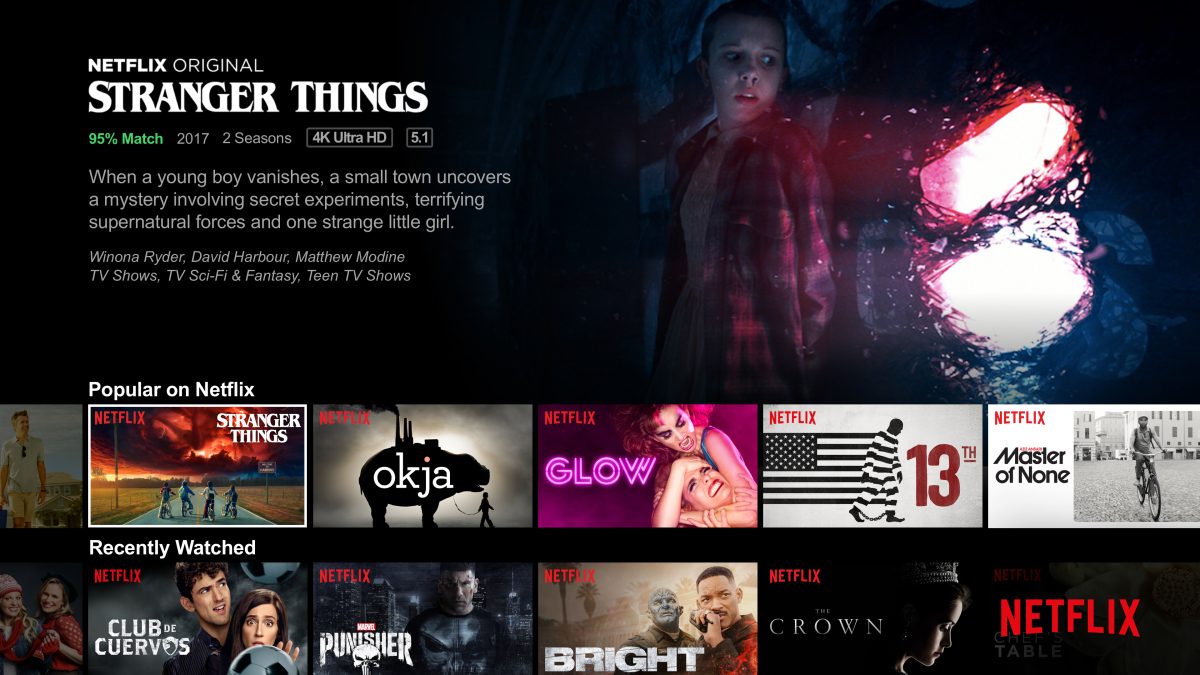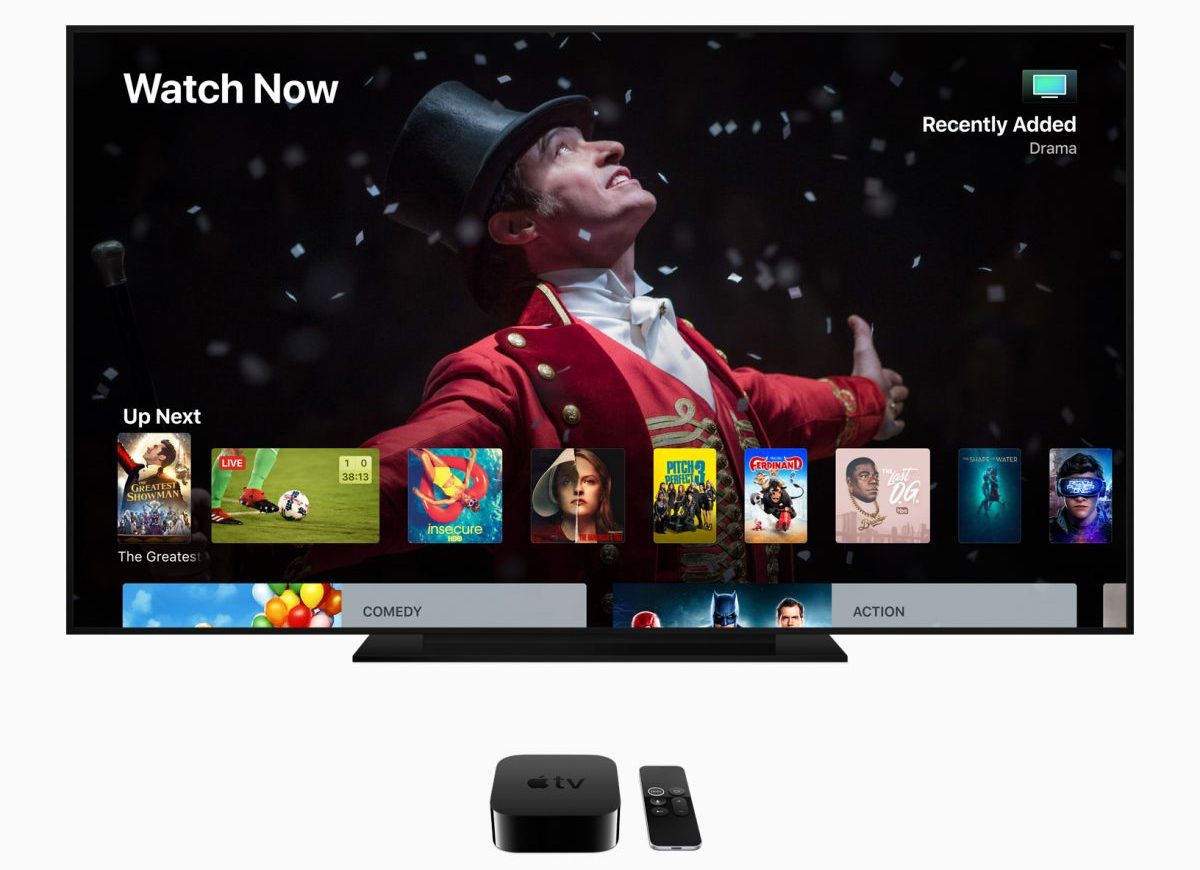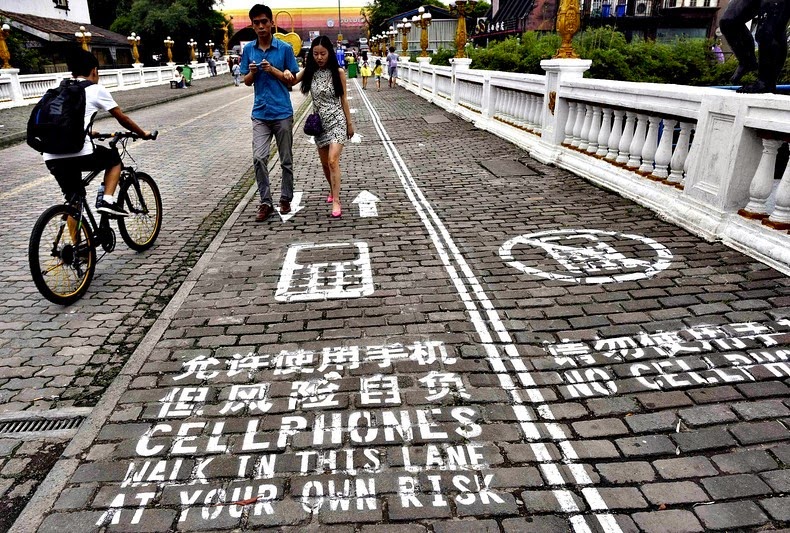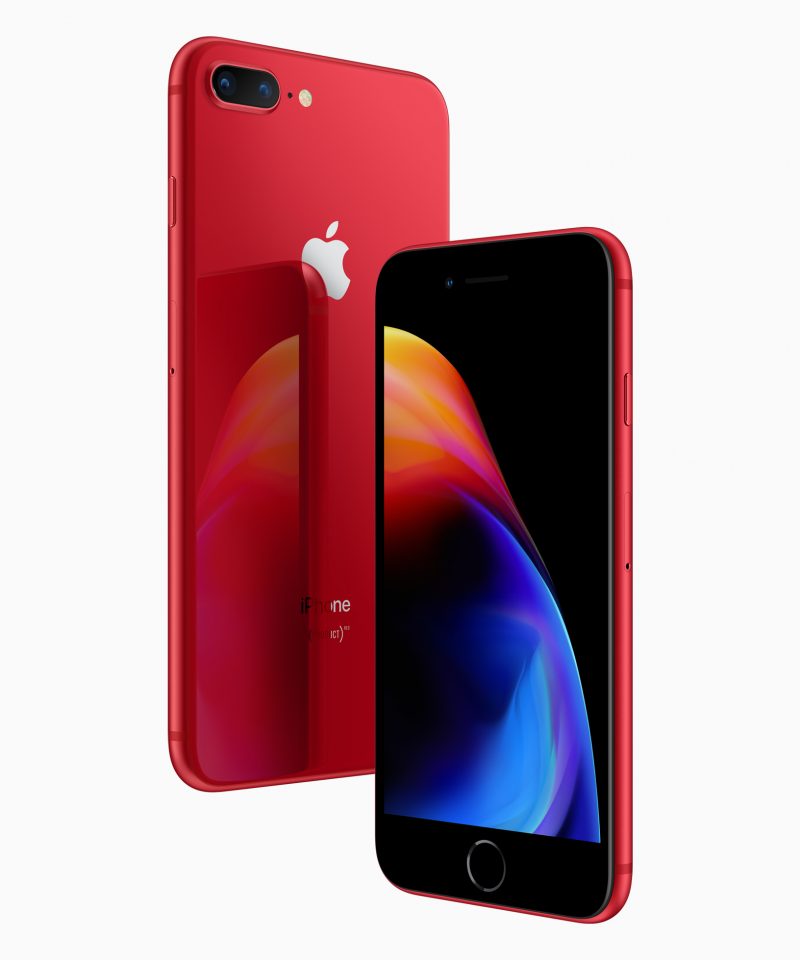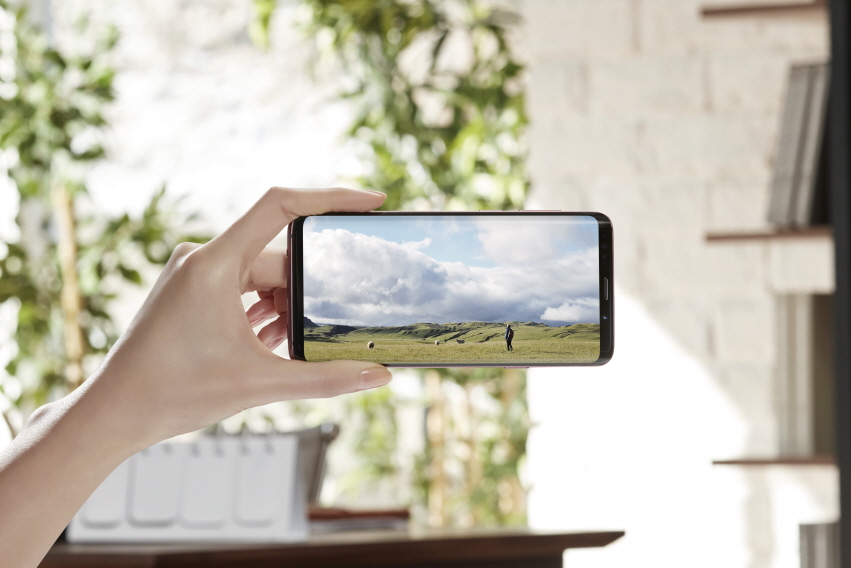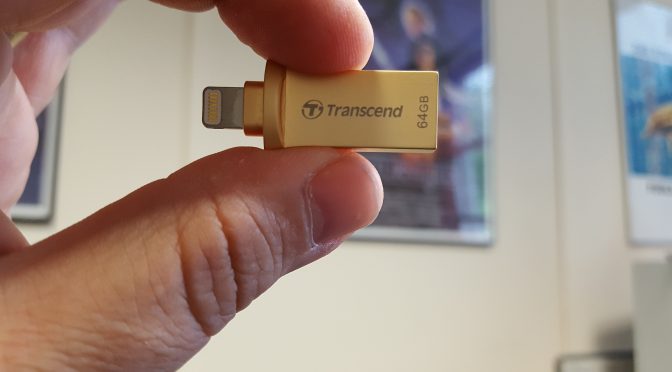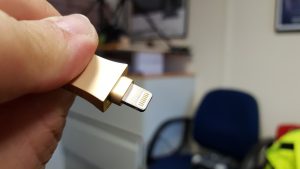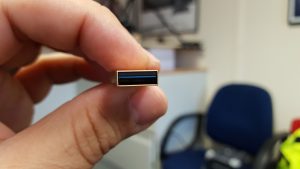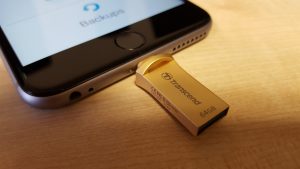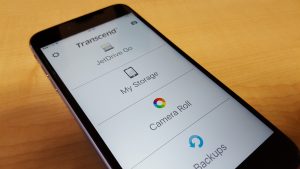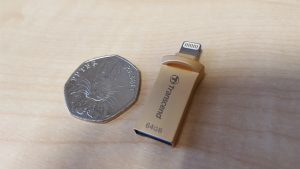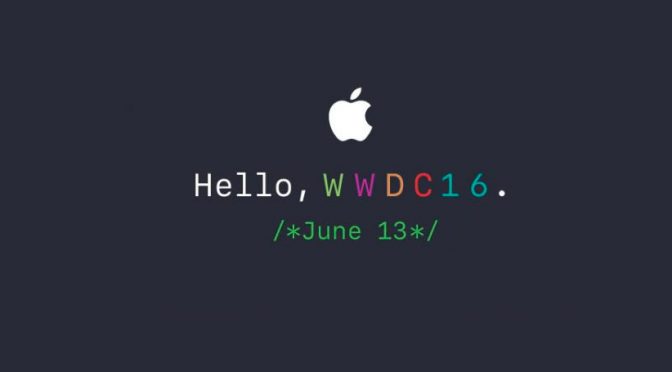Finding the right business phone is absolutely crucial if you want to be able to conduct business while you’re out and about. The right business phone will allow you to use the internet on the go, call and even video call your clients and team members and have plenty of apps that help you to keep track of things like business expenses.
Below, you’ll find the steps you need to take in order to find the right business phone. Take a look:
1. Assess Your Budget
Start by assessing your budget so that you can make sure you’re getting a phone you can afford. Even if you can afford the newest and best iPhone, that doesn’t mean you have to go out and get it. Look at the best iPhone deals first and see what’s out there. You might be surprised at how cost-effective some of the older models are, while still being feature-rich and perfect for what you need.
2. Consider The Features You Really Need
Make sure you consider the features you’re going to need in your business phone. Does the camera really need to be super clear? Do you really need the highest amount of memory you can purchase? If features aren’t all that important to you and you just want to be able to send messages, make calls, and use the internet, then looking outside of the Apple range may be a good idea. However, there’s a reason so many business people do choose Apple. Ultimately, it depends on what you need and what you prefer.
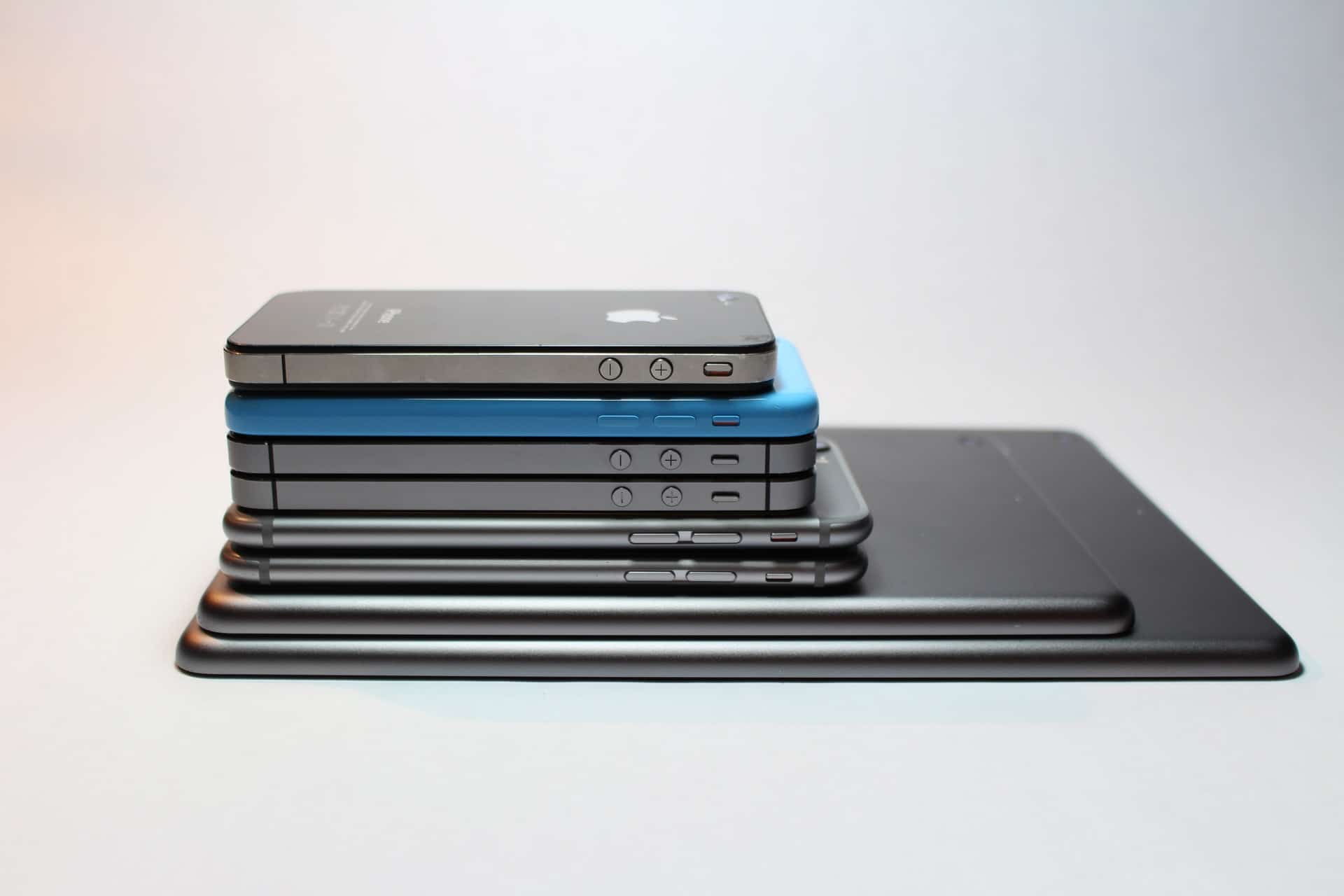
3. Test Them Out In Person
Testing phones out in person is always a good idea, so go to a physical store and see what feels best in your hand. Some of the newer smartphones are huge, and may not be the best choice for you when travelling – especially if you have other devices and things you want to take with you, too. Testing them out in person will give you a better idea of what feels right to you. You might even find that you prefer a bigger phone with a larger screen for business purposes. It all depends on what you’re going to be doing.
4. Ask For Recommendations
Don’t be afraid to ask for recommendations from your team or friends. See what you get the most recommendations for and make a shortlist this way. You can read all of the reviews online that you like, but at the end of the day, you don’t know who wrote it and how much they were being paid. If somebody was given a free product for review, they may be a lot kinder than they need to be.
5. Consider How Long You’d Like To Have This Phone
Would you like to keep this phone for 2 years, or perhaps even longer? If you want it to last a long time, buying a newer model is a good idea, as software updates won’t have slowed it down yet.
Which phones are on your shortlist?

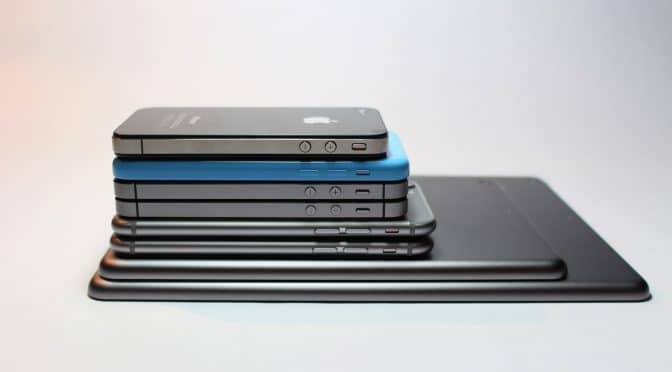
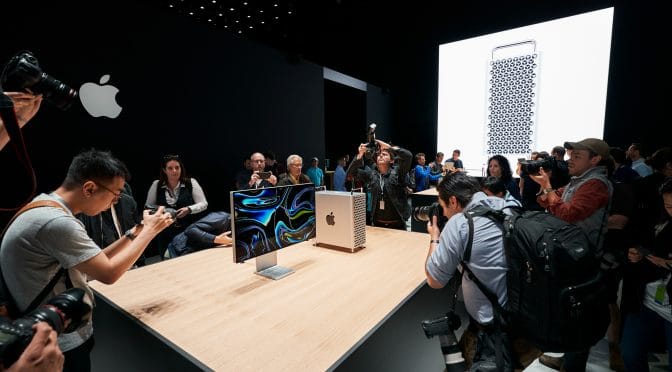
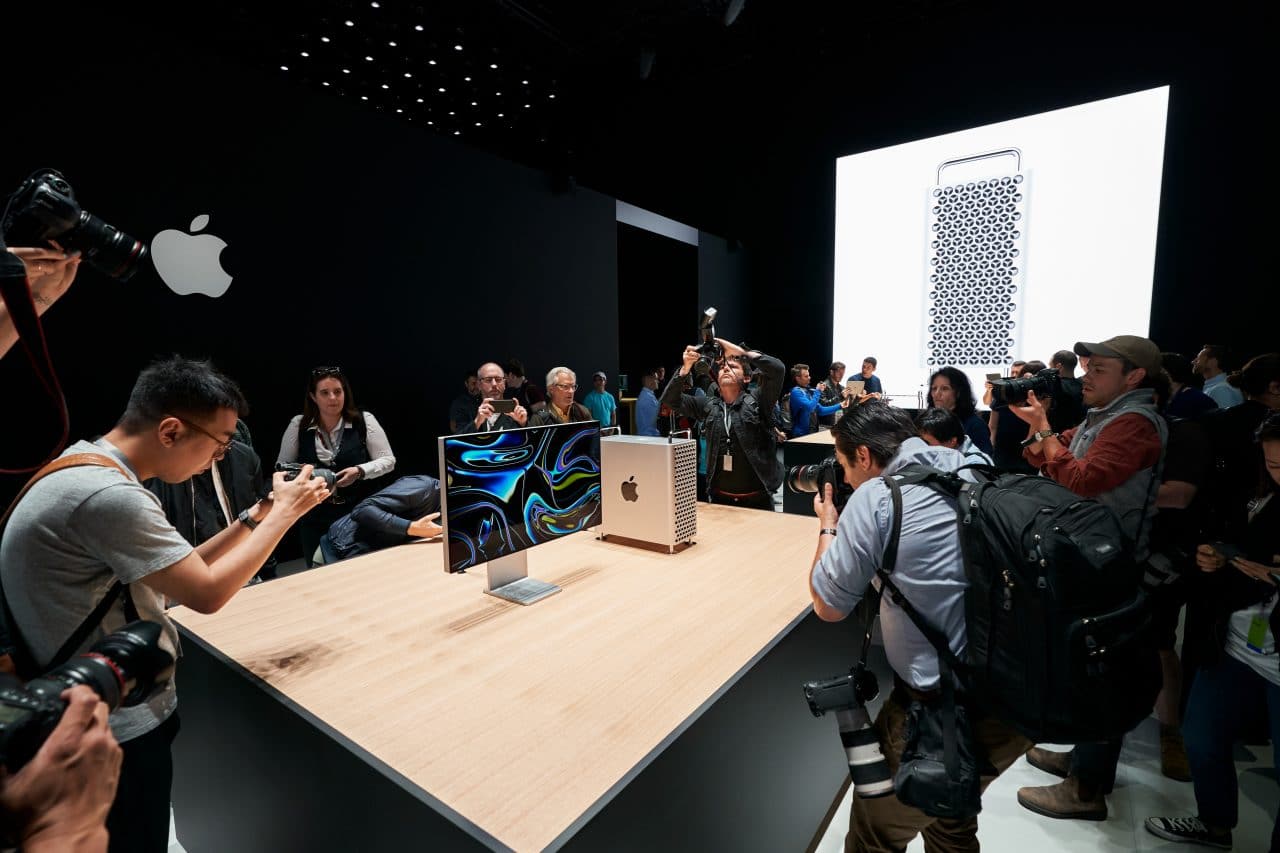
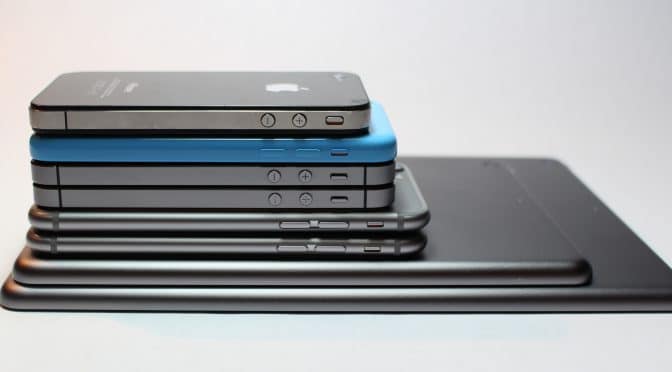
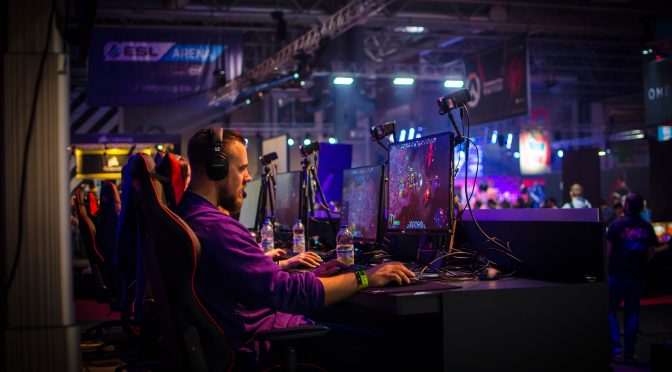
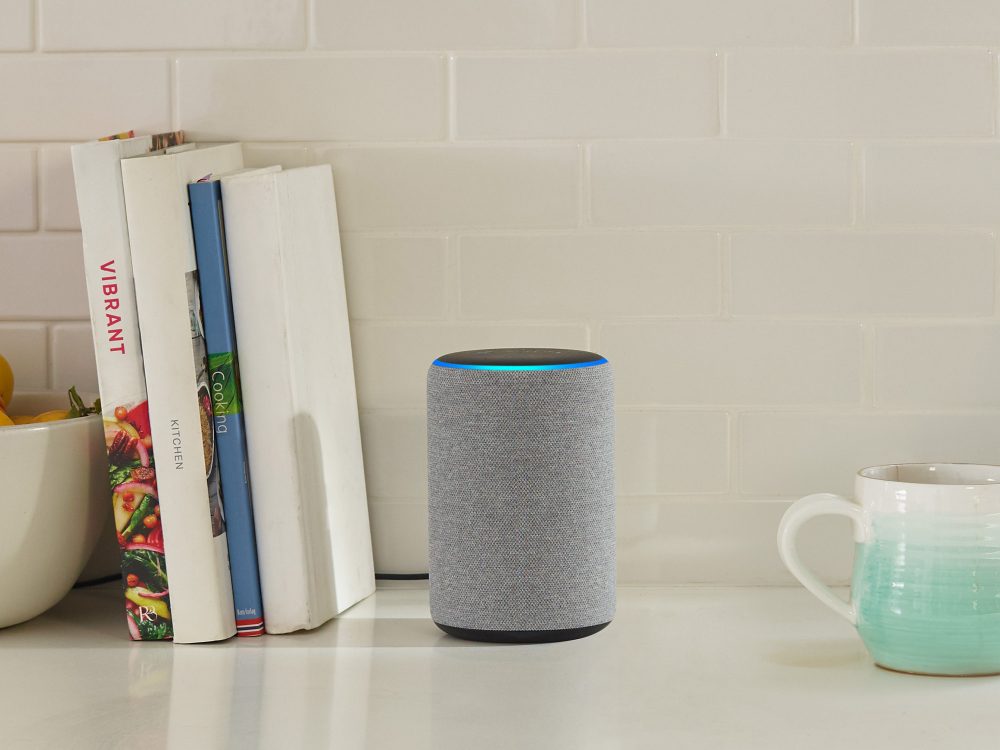 Artificial intelligence is sure to continue its unstoppable march towards self-awareness (I jest!!), but all the same, we should be seeing multi AI ‘bots’ training directly with each other very soon! Who could forget the Facebook AI bots which invented their own communication language shortly after being switched on! More of this in inevitable, hopefully with the necessary safeguards in place.
Artificial intelligence is sure to continue its unstoppable march towards self-awareness (I jest!!), but all the same, we should be seeing multi AI ‘bots’ training directly with each other very soon! Who could forget the Facebook AI bots which invented their own communication language shortly after being switched on! More of this in inevitable, hopefully with the necessary safeguards in place.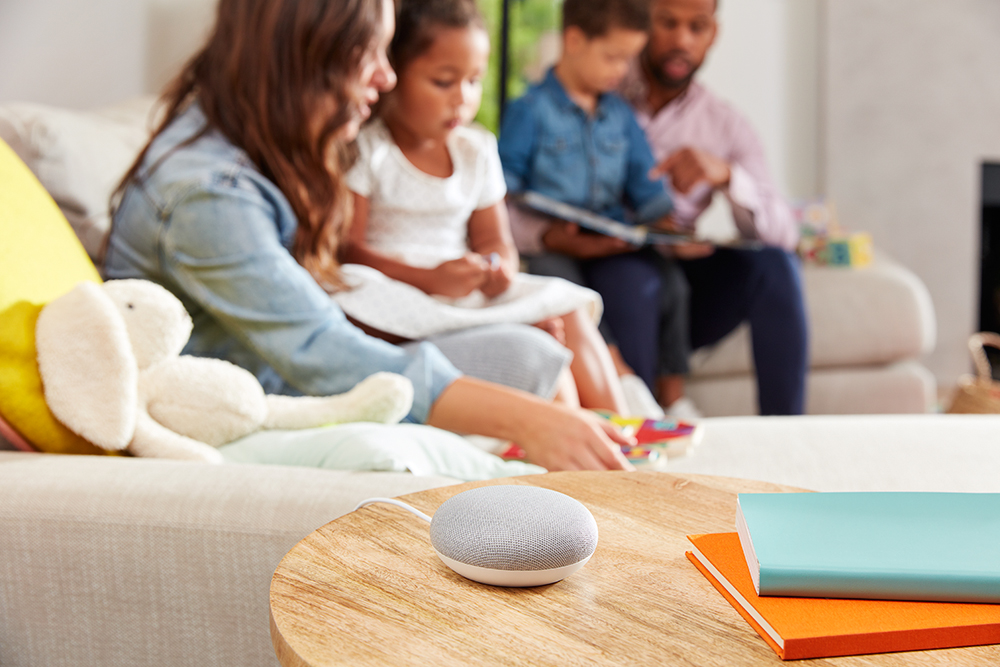 The big 3 tech companies continue to advance home-based smart technology with integration into every part of our lives, add to this more AI and who knows what we should expect from the likes of Amazon, Google and Apple.
The big 3 tech companies continue to advance home-based smart technology with integration into every part of our lives, add to this more AI and who knows what we should expect from the likes of Amazon, Google and Apple.
